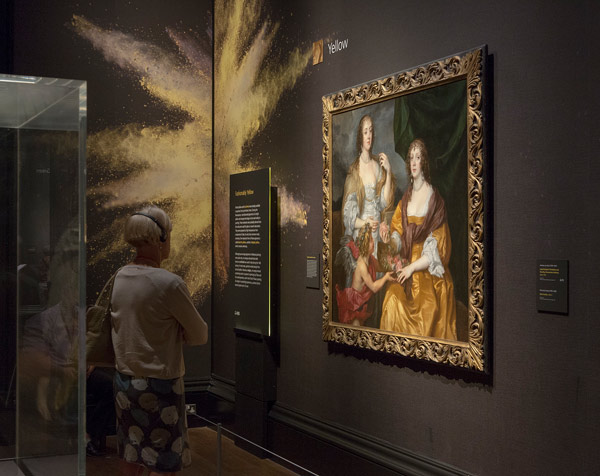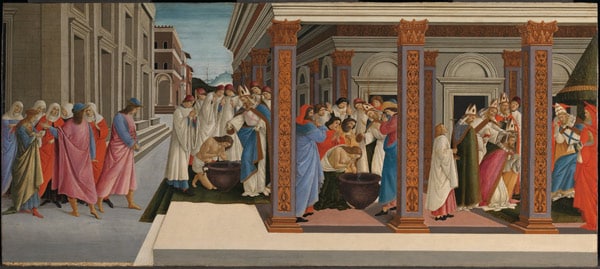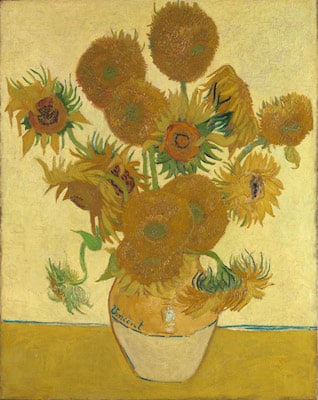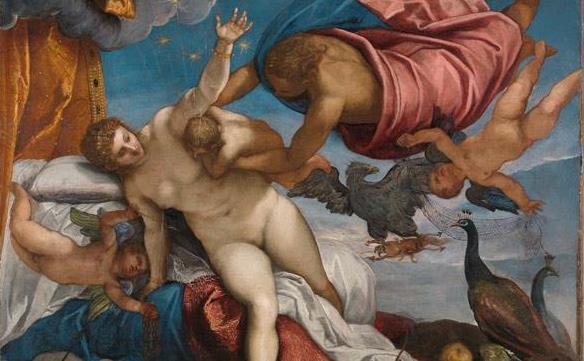The arts have been one of many industries devastated by COVID-19. While social distancing and halts on travel has unleashed a world of creative online galleries, virtual tours, and livestreamed events, National Gallery of Australia Director, Nick Mitzevich said at the opening of Botticelli to Van Gogh that ‘the experience of actual art is something that can’t be emulated through reproduction.’
This question of whether virtual worlds could replace the immediacy of being in person has been a consistent conversation through the pandemic, and Botticelli to Van Gogh – Australia’s first major international exhibition since border closures began – provides a compelling argument that no, it could not.
Read: Exhibition Review: Clarice Beckett: The Present Moment, Art Gallery of SA
The scope and scale of the exhibition is itself impressive. It comprises a collection of 61 portrait and landscape works from London’s National Gallery from renowned artists such as Titian, Velazquez, Rembrandt, Vermeer, Canaletto, Turner, Renoir, Cezanne, Monet, and Gauguin, from a timespan of almost 500 years.
‘The scope and scale of the exhibition is itself impressive. It comprises a collection of 61 portrait and landscape works from London’s National Gallery…’
Merely having these paintings plonked in Canberra would be a sufficient strategy to attract the public interest. The NGA has historically had great success with similar exhibitions of European masters – it’s a rare treat to be able to look at these works without having to travel to the other side of the world. But the curation of this exhibition is thoughtful, lending additional gravitas, but also possibilities to learn about and engage with the pieces.

Installation view: Anthony van Dyck. Lady Elizabeth Thimbelby and her Sister. c. 1635. © The National Gallery, London. Courtesy of the National Gallery of Australia.
The history of Western European art is essentially a pictorial history of power. Many works were commissioned by the Church or by wealthy benefactors as a way to establish dominance, claim prestige, and both show off and define highbrow “taste”. Artists have tended to take their stylistic cues from antiquity, a time ideologically entrenched as apex of Western Civilisation. But even as artists play a role in supporting the status quo, the exhibition attests to their ability to create images that transcend the particulars of their patron, imparting a vision that still captivates modern audiences.

Sandro Botticelli. Four scenes from the Early Life of Saint Zenobius. c. 1500. © The National Gallery, London. Mond Bequest, 1924. Courtesy of the National Gallery of Australia.
One of the striking elements of this exhibition is the feeling that, as you chronologically move through the paintings, artistic vision becomes increasingly central, the content becomes more diverse and humanistic. Depictions of Bible scenes and monarchs increasingly give way to rolling landscapes with great attention to outdoor light, Monet’s water lilies, and Degas’ ballerinas.
‘The history of Western European art is essentially a pictorial history of power. Many works were commissioned by the Church or by wealthy benefactors as a way to establish dominance, claim prestige, and both show off and define highbrow “taste”.’
Many of these masterpieces are famous, yet viewing them in the gallery is to view them anew. In-person, the colours are luminescent and moving, supported by the NGA’s lighting, drawing viewers into an emotional world.

Vincent van Gogh. Sunflowers. 1888. © The National Gallery, London. Courtesy of the National Gallery of Australia.
This is most easily appreciated in Van Gogh’s Sunflowers, which is positioned to be beheld from a distance, creating a golden glow through the latter rooms of the exhibition. Up close, the lines are infused with energy, the painting is something you vividly experience rather than simply see. But this effect is not unique, and each work is an opportunity to reflect on something much older than most of our frames of reference, and much more skilled than what can be observed on screen or in duplicate.
Rating: 5 stars out of 5 ★★★★★
Botticelli to Van Gogh: Masterpieces from the National Gallery, London
National Gallery of Australia
5 March – 14 June 2021





